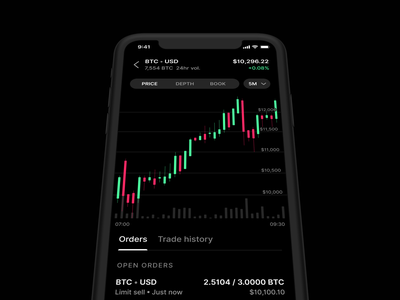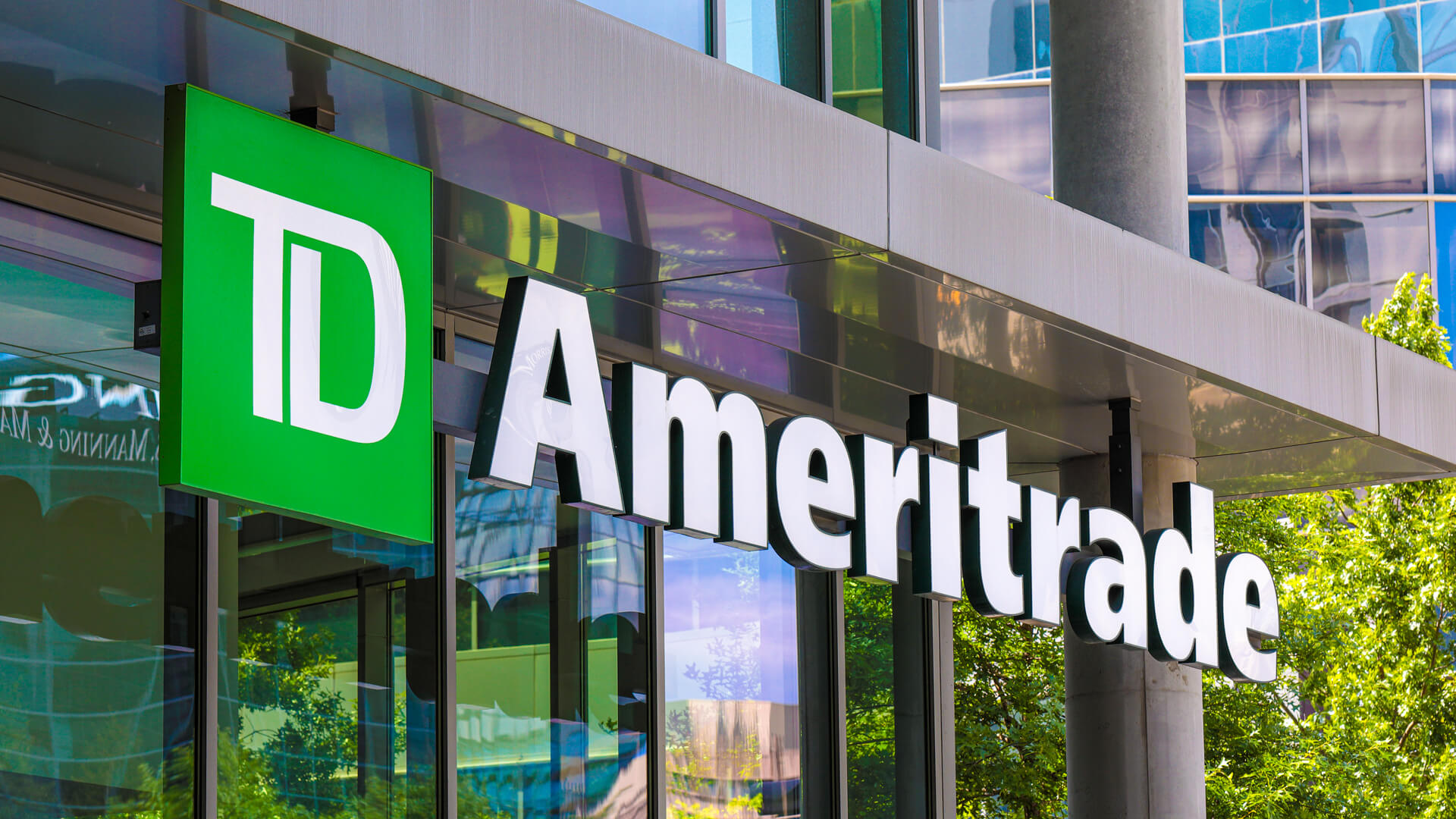
DeFi has been booming lately, and one way to take advantage of the boom is with Yield Farming. Some protocols have low returns while others offer higher returns but come with higher risks. There are protocols available for nearly every purpose. These include tax calculations, impermanent loss, and yield tracking. This yield tracking tool is recommended for anyone who plans to invest in DeFi. If you're new to DeFi, you should read about these tools before you invest in your first crops.
Profitability
Yield farming may not be profitable, so crop-loving investors will need to ask the question. This type of lending is one that leverages an existing liquidity pool to earn rewards. Yield farming's profitability depends on many factors such as the capital deployed, strategies used and the liquidation risk of collaterals. However, there are a few things to keep in mind. In this article, we will examine some of the main factors that may affect yield farming profitability.
Many people discuss yield farming in annual percentage yields (APY), which is a figure often compared to bank interest rates. APY is a standard measure of profit, and it is possible to generate triple-digit returns. However, triple-digit returns come with considerable risks and are unlikely to be sustainable for long. Yield farming is not for the faint-hearted. Before you dive into crypto, be aware of the risks and the rewards.
Risks
Smart contract hacking is the most serious risk associated with yield farming. While it is unlikely that any hack will affect the entire DeFi network's infrastructure, bugs in smart contracts can lead to financial losses. MonoX Finance was victim to smart contract hacking in 2021. They stole US$31 Million from the DeFi startup. To minimize this risk, smart contract creators should invest in better auditing and technological investment. The possibility of fraud is another danger to yield farming. The platform could be taken over by fraudsters who may steal the funds.

Leverage is another risk associated with yield farming. The use of leverage increases users' exposure for liquidity mining opportunities but also increases their risk of liquidation. Users must be aware of this risk because they can be forced to liquidate their assets in case the value of their collateral decreases. In addition, when market volatility and network congestion increase, collateral topping up may be prohibitively expensive. Before adopting this strategy, users need to be mindful of the potential dangers associated with yield farming.
APY
APY stands for annual percentage yield. While this term can seem simple enough, it can be very confusing for those who don't know the difference between it and a compounding interest rate. This calculation involves calculating the interest/yield over a specified period and then reinvesting it into the original investment. An APY Yield Farm would double the initial investment, then double it again in year 2.
Annual percentage yield, or APY, is a term commonly used when discussing the terms of an investment. It is used to calculate how much a person can expect to earn on a particular investment over time, or in the form of money in their savings account. An APY yield is a higher percentage than a corresponding APR because it takes compounding into account trading fees. This calculation is extremely helpful for investors who want to increase their income without making too many risks.
Impermanent loss
A farmer or investor looking to make a profit using crypto currency is well aware of the potential for permanent loss. Impermanent loss can be a problem in yield farming. However, it can be minimized by utilizing the benefits of stablecoins. By using these coins, you can earn up to 10% on your money, while minimizing your risk.

First, you should know that yield farming isn't for the faint-hearted. This type of investment comes with many risks, so it is important to understand how you can lose. BTC, ETH and BNB are the big players in the sector. The downsides are also known as "burning" cryptocurrencies. If you are able to keep your coins invested for a long period of time, you should be in a position to make a profit.
FAQ
How can I invest in Crypto Currencies?
The first step is to choose which one you want to invest in. You will then need to find reliable exchange sites like Coinbase.com. Once you sign up on their site you will be able to buy your chosen currency.
Is there any limit to how much I can make using cryptocurrency?
There is no limit to how much cryptocurrency can make. Trading fees should be considered. Fees will vary depending on which exchange you use, but the majority of exchanges charge a small trade fee.
What is an ICO and why should I care?
An initial coin offering (ICO), is similar to an IPO. However, it involves a startup and not a publicly traded company. When a startup wants to raise funds for its project, it sells tokens to investors. These tokens are shares in the company. They're usually sold at a discounted price, giving early investors the chance to make big profits.
What is the minimum investment amount in Bitcoin?
For Bitcoins, the minimum investment is $100 Howeve
Statistics
- For example, you may have to pay 5% of the transaction amount when you make a cash advance. (forbes.com)
- “It could be 1% to 5%, it could be 10%,” he says. (forbes.com)
- This is on top of any fees that your crypto exchange or brokerage may charge; these can run up to 5% themselves, meaning you might lose 10% of your crypto purchase to fees. (forbes.com)
- Ethereum estimates its energy usage will decrease by 99.95% once it closes “the final chapter of proof of work on Ethereum.” (forbes.com)
- A return on Investment of 100 million% over the last decade suggests that investing in Bitcoin is almost always a good idea. (primexbt.com)
External Links
How To
How to start investing in Cryptocurrencies
Crypto currencies are digital assets that use cryptography (specifically, encryption) to regulate their generation and transactions, thereby providing security and anonymity. The first crypto currency was Bitcoin, which was invented by Satoshi Nakamoto in 2008. Many new cryptocurrencies have been introduced to the market since then.
Bitcoin, ripple, monero, etherium and litecoin are the most popular crypto currencies. Many factors contribute to the success or failure of a cryptocurrency.
There are many options for investing in cryptocurrency. Another way to buy cryptocurrencies is through exchanges like Coinbase or Kraken. You can also mine your own coins solo or in a group. You can also purchase tokens using ICOs.
Coinbase is an online cryptocurrency marketplace. It lets you store, buy and sell cryptocurrencies such Bitcoin and Ethereum. It allows users to fund their accounts with bank transfers or credit cards.
Kraken is another popular exchange platform for buying and selling cryptocurrencies. It offers trading against USD, EUR, GBP, CAD, JPY, AUD and BTC. Some traders prefer trading against USD as they avoid the fluctuations of foreign currencies.
Bittrex also offers an exchange platform. It supports more than 200 cryptocurrencies and offers API access for all users.
Binance, an exchange platform which was launched in 2017, is relatively new. It claims to be one of the fastest-growing exchanges in the world. It currently trades volume of over $1B per day.
Etherium runs smart contracts on a decentralized blockchain network. It uses proof-of-work consensus mechanism to validate blocks and run applications.
Cryptocurrencies are not subject to regulation by any central authority. They are peer-to-peer networks that use decentralized consensus mechanisms to generate and verify transactions.